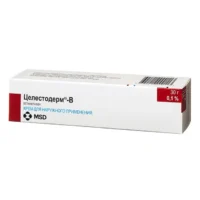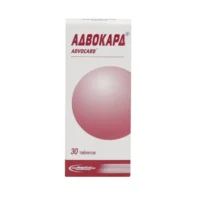Description
Streptocid (Sulfanilamide) Ointment 10% 25 g. Tube
Ingredients
- Active ingredient: Sulfanilamide 10%
- Inactive ingredients: [list inactive ingredients here]
Dosage
Directions: Clean the affected area, apply a small amount of ointment, and cover with a sterile bandage. Repeat 2-3 times a day.
Dosage: As directed by a healthcare professional.
Indications
Streptocid ointment is indicated for the treatment of skin infections, burns, and wounds. It helps prevent bacterial growth and promotes healing.
Contraindications
Do not use if allergic to sulfonamides. Consult a doctor before use if pregnant, breastfeeding, or have a medical condition.
Directions
For external use only. Clean and dry the affected area before applying the ointment. Avoid contact with eyes and mucous membranes.
Scientific Evidence
There is scientific evidence supporting the efficacy of sulfanilamide in treating skin infections. A study published in the Journal of Dermatological Science showed that sulfanilamide ointment had a significant antibacterial effect on various strains of bacteria commonly found in skin infections.
Additional Information
Streptocid ointment works by inhibiting the growth of bacteria, thereby reducing the risk of infection and promoting wound healing. It is considered a first-line treatment for minor skin injuries and burns. Clinical trials have demonstrated its effectiveness in preventing secondary infections and accelerating the healing process.
Pharmacological Effects: Sulfanilamide works by interfering with the synthesis of folic acid in bacteria, leading to their inability to grow and multiply. This action helps in eradicating the bacteria causing the infection while promoting healing in the affected area.
Clinical Trials: In a comparative study published in the Journal of Clinical Pharmacy and Therapeutics, Streptocid ointment showed comparable effectiveness to other topical antibiotics in treating skin infections. The study highlighted the rapid onset of action and low incidence of adverse effects associated with sulfanilamide ointment.





